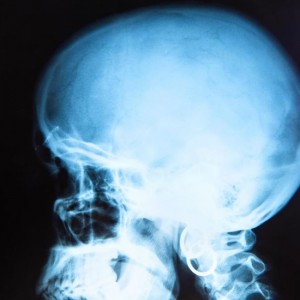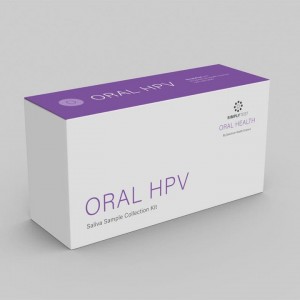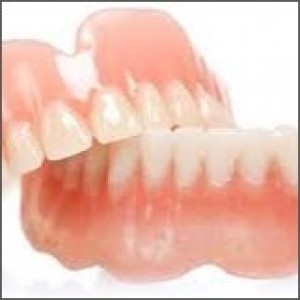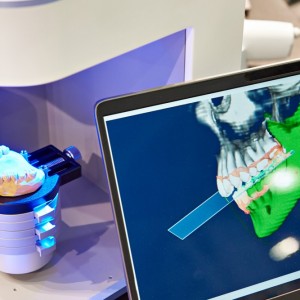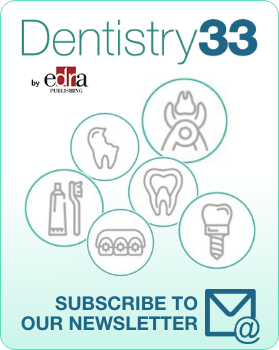
3-dimensional comparisons of two intraoral digital scanners
Edoardo Mancuso
In the last decade, the development of new technologies has moved in parallel with a rapid evolution of restorative materials on the rails of Digital Dentistry, opening new horizons in the field of Prosthodontics.
The implementation in the daily practice of the most advanced technologies has got a synergic impulse from the enhanced mechanical and manufacturing properties of the new generation of dental materials. Thanks to the recent advancements in intraoral scanners, computer aided design and computer aided manufacturing (CAD/CAM) dentistry have facilitated the fabrication of restorations directly from an intraoral scan, offering undeniable advantages such as optimal mechanical resistance of the restorations, excellent esthetic and reliable accuracy and precision, allowing for innovative and less invasive restorative solutions.
However intraoral scanners, still today, might incur in some inconvenience during clinical practice, due for example to the size of scanning device, to the patient mouth opening, to the geometrical complexity of the preparation, as well as to the presence of adjacent oral structures. In particular, adjacent teeth, widely used as reference points/areas for optical scanning, can hinder the scanning direction because of the proximal height of contours and also limit the scan angulation. A conservative partial coverage design, for instance, can be more complex in geometry, making it more difficult to scan when compared to al less conservative full coverage design.
To deepen the knowledge on the matter, Dr. Ammoun has written an interesting article recently published on the Journal of Prosthodontics, evaluating not only the precision of two intraoral scanners, but also the influence of tooth preparation design and scan angulations on the overall digital impression accuracy.
Materials and methods
The in vitro study of Dr. Ammoun was conducted with a split arch design. The study cast to be analyzed included 8 teeth preparations. Four preparation designs were for partial coverage all-ceramic restorations (MOL onlay, MOD Inlay and facial veneer) and four preparation designs were for complete coverage all-ceramic crown restorations, with labial rounded shoulder and a heavy chamfer finish line elsewhere. Two 3D printed cast were fabricated: Model A with the prepared teeth only; Model B with adjacent teeth present in the model. Model A and Model B were then scanned with the two chosen intraoral scanners: the 3Shape TRIOS and the 3M True Definition following the manufacturer’s instructions. The average fit and the absolute discrepancy were obtained superimposing the scan images acquired to theirs reference STL.
Results Two-way ANOVA analyses found statistically significant differences due to the effects of adjacent teeth presence (p < 0.001), the preparation design (p < 0.001), and the type of scanner used (p < 0.001).
Discussion The primary goal of the study was to examine if there was any effect from preparation design and from the presence of adjacent teeth on the accuracy of two intraoral scanner commonly used in dental practice. The TRIOS seemed to perform better than the True definition overall. In addition, the authors observed that the geometric complexity of partial coverage preparation design should be considered when intraoral scanning is indicated. The study demonstrated that less complex preparation with easy direct access is more favorable for intraoral scanning than a highly complex geometry with limited access. Hence, according to the research, the complete coverage design with adequate scan access to the interproximal area (especially when there are no adjacent teeth present) will provide the best scan and therefore a better fit of the restoration.
Conclusion The article ends assessing that the partial coverage preparation scans revealed significantly less accuracy compared to complete coverage preparation scans. In addition the presence of adjacent teeth showed a decrease in the accuracy of intraoral scanning of abutment preparation. The 3Shape TRIOS scanner performed better than 3M True Definition scanner for scanning partial coverage scans but the performance was comparable for complete coverage scanning. The authors concludes suggesting that clinicians should use caution using intraoral scanners for scanning partial coverage preparations in the presence of adjacent teeth since the observed discrepancies present in the study were clinically significant.
Although nowadays intraoral scanners present some limitations, considering the highly dynamic nature of digital dentistry, it is possible to speculate that the technologies available today will be rapidly replaced by even more cutting-edge systems.
Consequently, constant updates of both the clinical tools and the techniques, as well as the experimental and clinical scientific data, will be necessary to properly understand the further potential development of digital dentistry in the following decades.
For additional informations: Influence of Tooth Preparation Design and Scan Angulations on the Accuracy of Two Intraoral Digital Scanners: An in Vitro Study Based on 3‐Dimensional Comparisons
 Read more
Read more
Much like EMTs rushing to the scene after an accident, stem cells hurry to the site of a skull fracture to start mending the damage. A new finding has uncovered the signaling mechanism that triggers...
Products 05 November 2025
SimplyTest has launched a groundbreaking saliva-based test to detect high-risk strains of oral human papillomavirus (HPV), a major cause of oropharyngeal cancers.
News 05 November 2025
Perimetrics, Inc., a dental technology company pioneering quantitative diagnostics, announced today that the U.S. Food and Drug Administration (FDA) has granted clearance for the InnerView...
News 05 November 2025
On October 15, open enrollment for Medicare began nationwide. Hundreds of thousands of seniors in New Jersey will once again face the challenge of finding the right Medicare coverage, including the...
Digital Dentistry 04 November 2025
Digitalisation is an expanding field in dentistry and implementation of digital teaching methods in dental education is an essential part of modern education.



